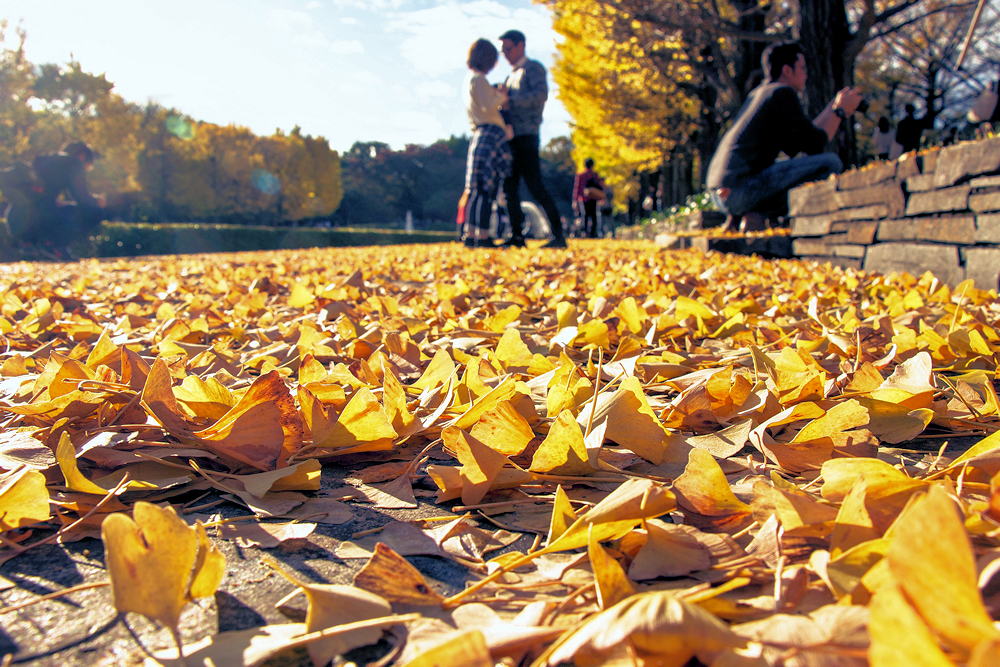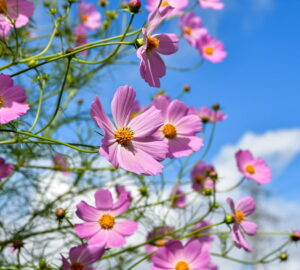Autumn brings with it a spectacular show of colors, and one tree that steals the spotlight with its resplendent foliage is Ginkgo biloba, commonly known as the maidenhair tree. Native to China, these living fossils have been gracing our landscapes for millions of years, and their decorative autumnal display is nothing short of enchanting.

Graceful Appearance and Unique Foliage
Ginkgo biloba is a deciduous tree renowned for its unique fan-shaped leaves that turn brilliant shades of gold, amber and saffron during the fall months. Its distinctive, almost leathery leaves add a touch of elegance to any landscape, creating a breathtaking contrast against the backdrop of the autumn sky.
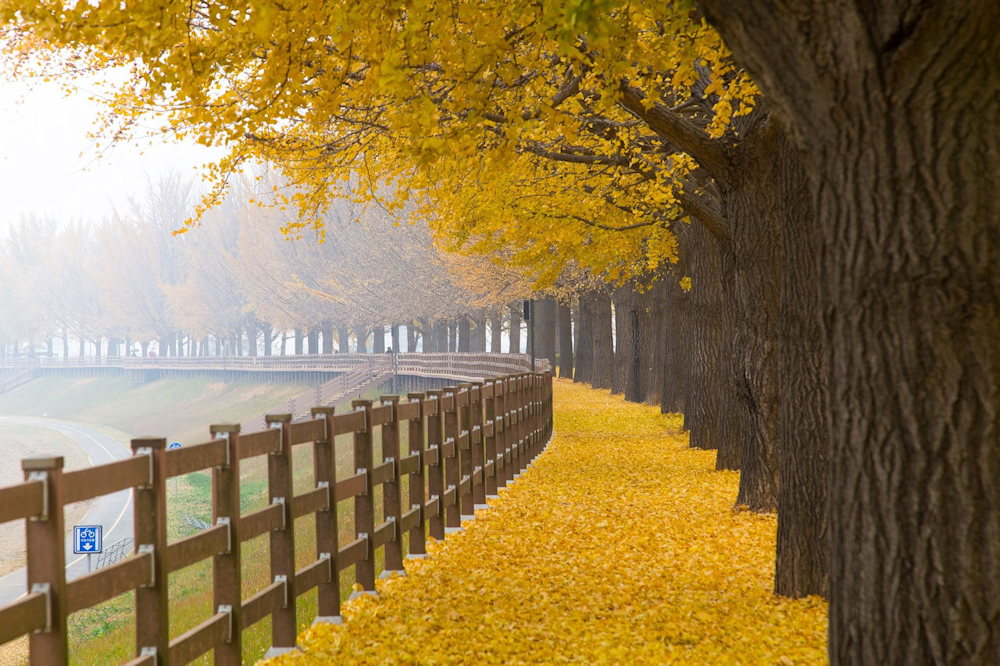
The tree can reach impressive heights, making it a striking centerpiece in gardens, front yards, and even along streets in front of houses.
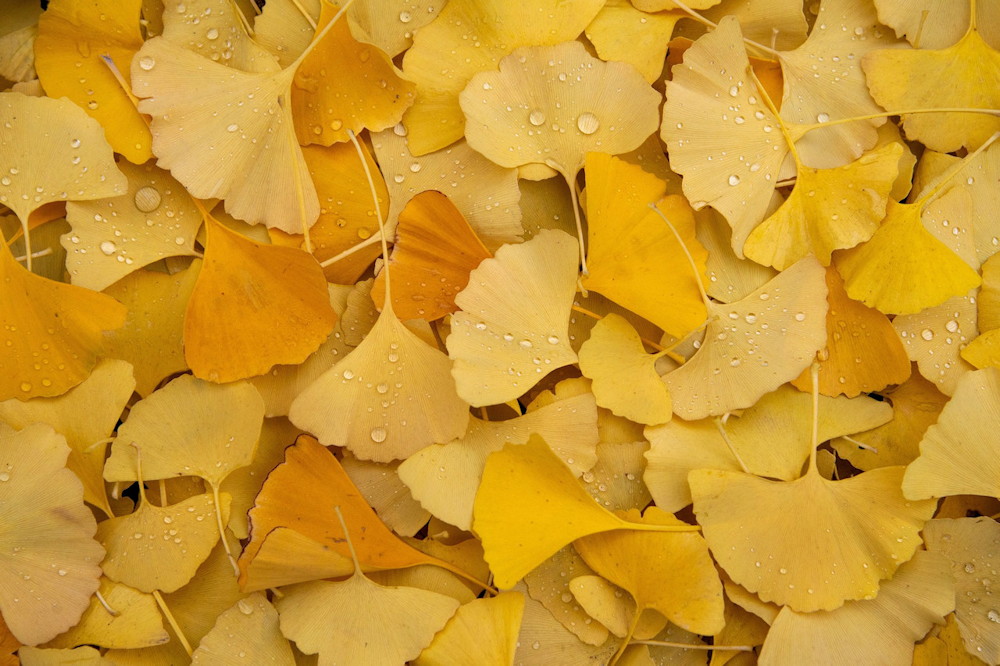
Suitability for Gardens and Streets
Ginkgo biloba’s adaptability makes it an excellent choice for various settings. Its hardiness allows it to thrive in different soil types, and it can withstand urban conditions, including pollution and compacted soil. Its moderate growth rate ensures it won’t overwhelm smaller spaces, making it suitable for gardens and even confined street-side plantings.
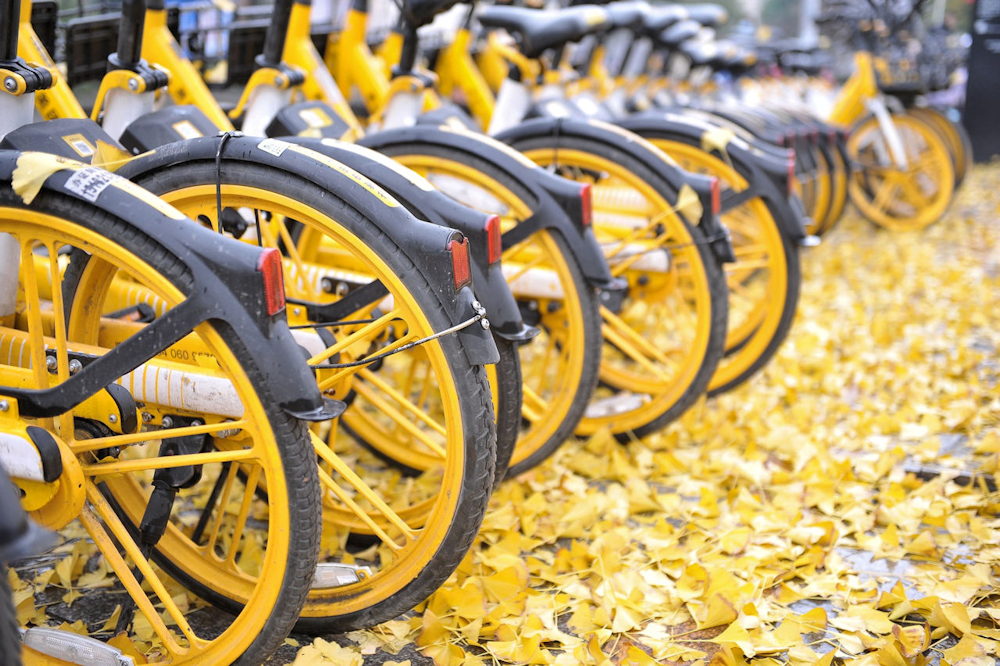
In gardens, Ginkgo biloba becomes a focal point, offering shade in the summer and an explosion of color in the fall. In urban landscapes, its resilience to pollution and pests makes it a preferred choice, bringing a touch of nature to city streets. Its distinctive foliage sets it apart from other trees, adding a touch of sophistication to any environment.
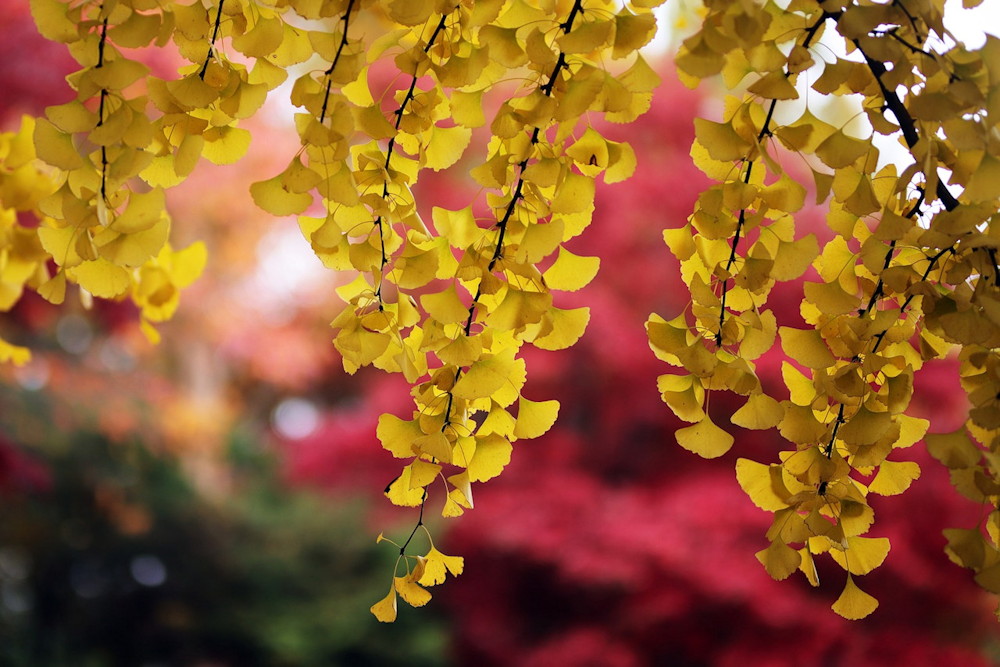
Enchanting Insights into Ginkgo Biloba
- Living Fossils: Ginkgo biloba is often referred to as a “living fossil” because it is the only living species in its division, dating back to the time of dinosaurs.
- Ancient Medicinal Uses: The tree has a rich history in traditional Chinese medicine, where its leaves and seeds have been used for various medicinal purposes for centuries.
- Survivor of Hiroshima: Several Ginkgo biloba trees miraculously survived the atomic bombing of Hiroshima in 1945, earning them the nickname “hibakujumoku” or “survivor trees.”
- Gender Differences: Ginkgo trees are dioecious, meaning there are separate male and female trees. Female trees produce foul-smelling seeds, while male trees are seedless and favored for urban planting.
- Longevity: Ginkgo biloba trees are known for their longevity. Some specimens in China are believed to be over 2,500 years old.

In the palette of autumnal wonders, Ginkgo biloba stands out as a true masterpiece. Its golden leaves not only symbolize the changing seasons but also encapsulate millions of years of botanical history. Whether adorning a garden, front yard or lining a city street, the maidenhair tree invites us to appreciate the enduring beauty and resilience of nature, one brilliant leaf at a time.
